Earlier this week my Alexa reminded me that there are 100 days until the end of the year. After a moment of shock, my brain started its mental cataloguing of all the things that I have to do before December 31. Deadlines, appointments, holidays, the list goes on…
One reminder I’d like to put on your to-do list before the year is out is to tell us about a preservation success story in your community. Each year PA SHPO selects a few of these stories for a Community Initiative Award.

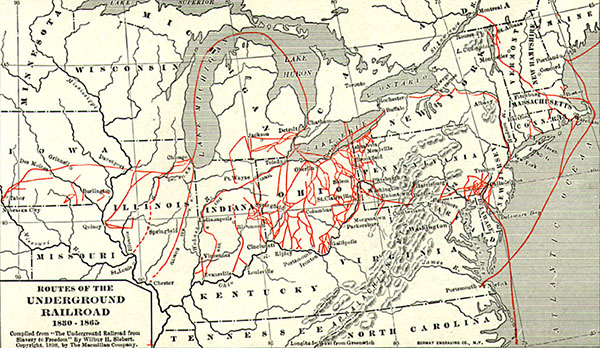
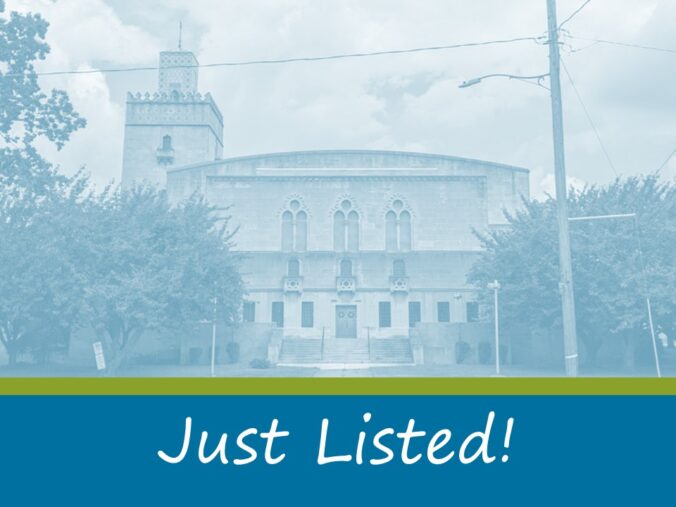
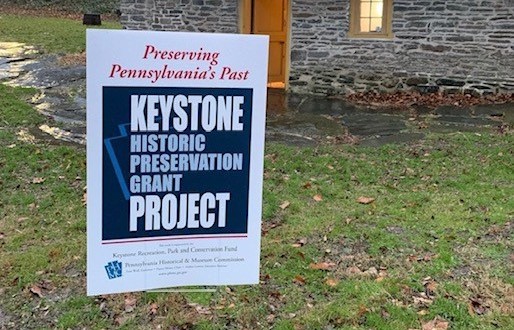

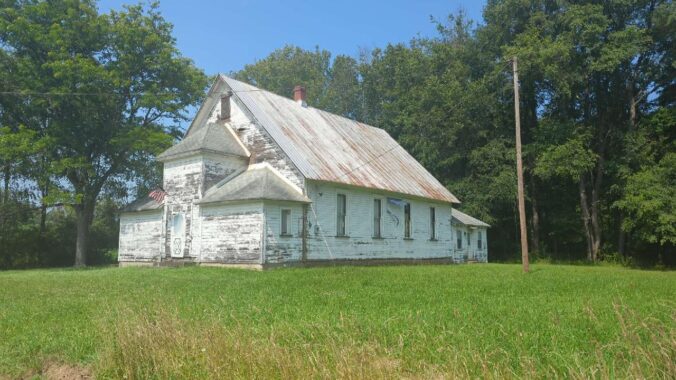
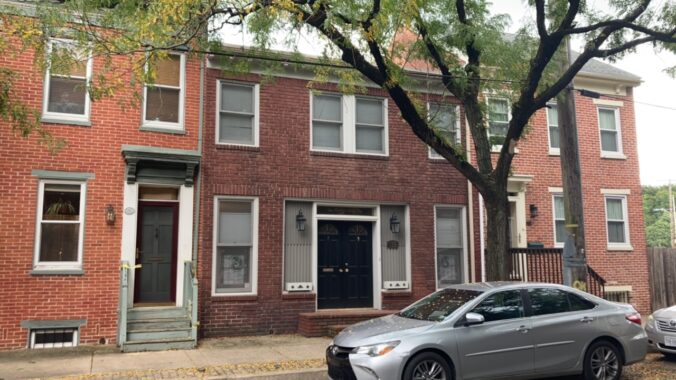
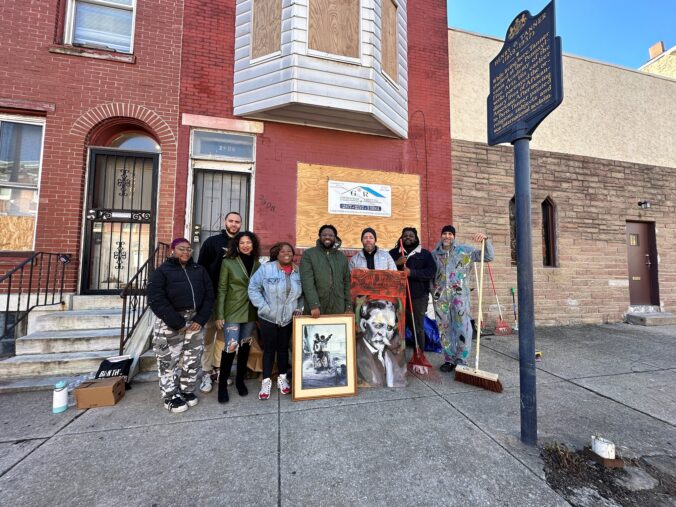

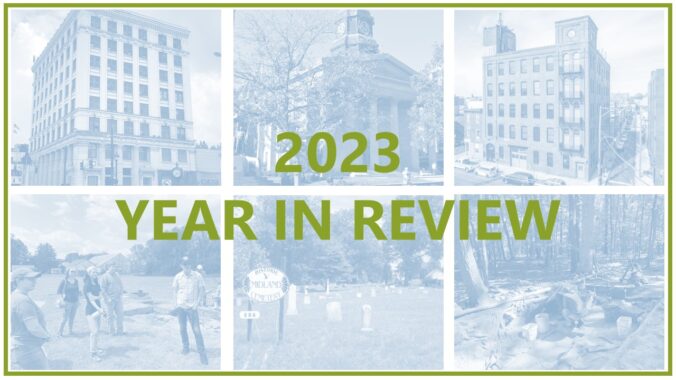
Recent Comments